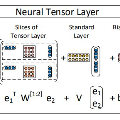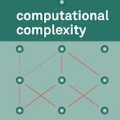The transition towards the sixth-generation (6G) wireless telecommunications networks introduces significant challenges for researchers and industry stakeholders. The 6G technology aims to enhance existing usage scenarios, particularly supporting innovative applications requiring stringent performance metrics. Among the key performance indicators (KPIs) for 6G, immersive throughput, hyper-reliability, and hyper-low latency must be achieved simultaneously in some critical applications to achieve the application requirements. However, this is challenging due to the conflicting nature of these KPIs. This article proposes a new service class of 6G as immersive, hyper reliable, and low-latency communication (IHRLLC), and introduces a potential network architecture to achieve the associated KPIs. Specifically, technologies such as ultra-massive multiple-input multiple-output (umMIMO)-aided terahertz (THz) communications, and reconfigurable intelligent surfaces (RIS) are viewed as the key enablers for achieving immersive data rate and hyper reliability. Given the computational complexity involved in employing these technologies, and the challenges encountered in designing real-time algorithms for efficient resource allocation and management strategies as well as dynamic beamforming and tracking techniques, we also propose the involvement of other potential enabling technologies such as non-terrestrial networks (NTN), learn-to-optimize (L2O) and generative-AI (GenAI) technologies, quantum computing, and network digital twin (NDT) for limiting the latency.
翻译:暂无翻译



